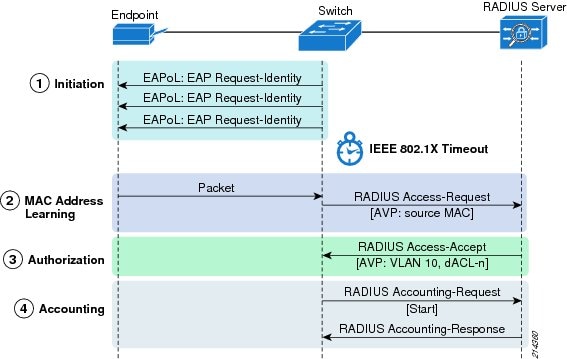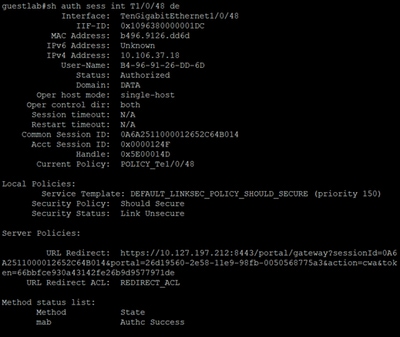


#CISCO MAC ADDRESS TIMEOUT WINDOWS#
Hi all,I have 2 separate networks (separate DCs) that I need to be able to securely transfer files to and from, we currently have a Windows FTP set up to allow us to do this, which everyone has access to everyone's folder (as users need to be able to drop. To Configure Cisco VLAN, firstly create the VLAN with the VLAN ID and then give.
#CISCO MAC ADDRESS TIMEOUT UPGRADE#
Solution 3B: If not already done, upgrade to Discovery version 11.2 or 11.1.0.5 and execute the command below: Solution 3A: Upgrade to Discovery 12.0 which contains a fix for defect DRUD1-25505. Workaround 3: See workarounds 1A and 1B above was installed with a new MAC address and SNMP v3 EngineID), and rescanned. Root cause 3: A new network device was found, then replaced (on the same IP, i.e. Workaround 2: Use the workarounds provided for root cause 1. Solution 2: Upgrade to Discovery 12.0 which contains a fix for defect DRUD1-25505. It is an SNMP v3 security standard that SNMP v3 engine IDs should be unique per device. As they share configurations, they also share SNMP v3 engineIDs. This means that the active and backup devices are two different physical devices but they share internal configurations to support failover. Root cause 2: Some devices (such as Cisco firewalls, Brocade load balancers, or Juniper devices) can be configured with an Active/Backup setup (also referred to as master/standby). I have configured port-security so only one MAC address is allowed. Note this solution is not suitable when pairs of master/standby devices share the same engineid (see root cause 2 below). Switch(config)interface fa0/1 Switch(config-if)switchport port-security Switch(config-if)switchport port-security maximum 1 Use the switchport port-security command to enable port-security. It may be possible to execute a similar procedure for other vendors, such as HP.

This is recommended for security reasons.įor Cisco Devices, it is possible to make it unique using MAC addresses: see. Solution 1B: Change the SNMP v3 engineID of the scanned device and make it unique. This fix allows the scans and credential tests to succeed even when the SNMP engine ids are duplicated. Solution 1A: Upgrade to Discovery 12.0 which contains a fix for defect DRUD1-25505. Note that workaround 3B below (root cause 3, SNMP_USE_ENGINE_ID_CACHE) will not help if root cause 1 is confirmed. Each restart will allow Discovery to scan a single one of the N devices with duplicate engineIDs. If the services are restarted once or twice a day, it could allow Discovery to scan the devices affected by this issue with a reasonable probability of success. 1A- Restart the Discovery services of a standalone appliance (or the Discovery services of all members of a cluster) before scanning any of the devices that are using a duplicate engine id.


 0 kommentar(er)
0 kommentar(er)
